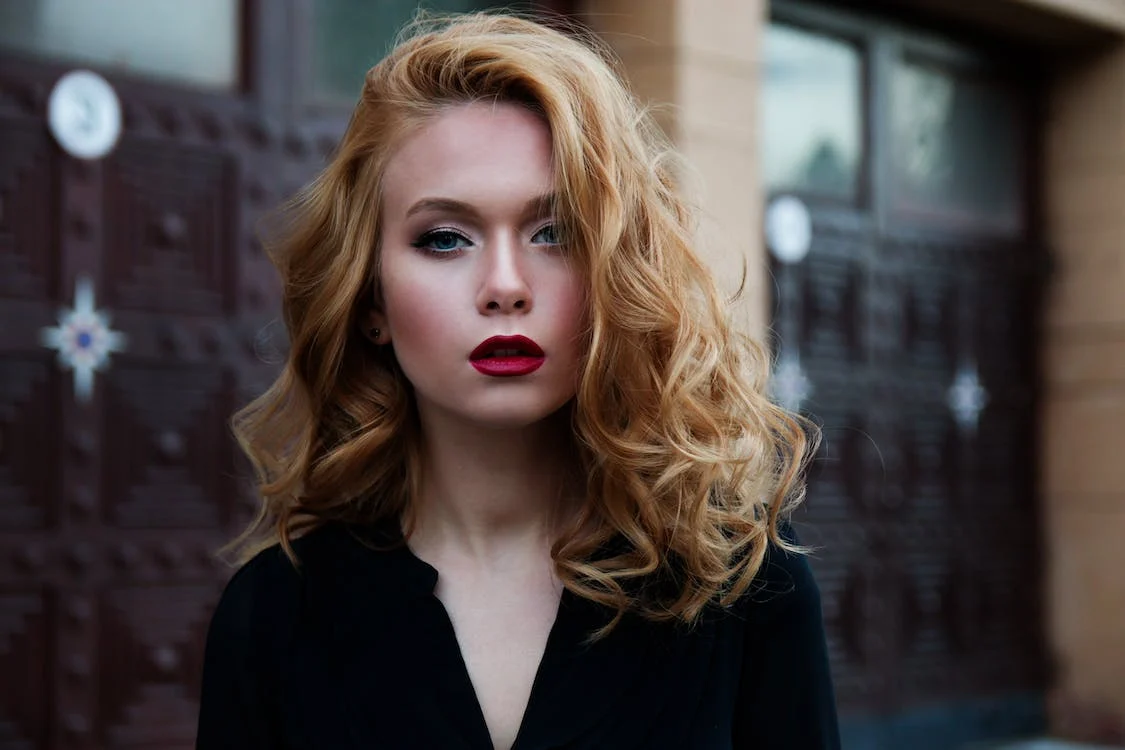Like your hair color, your hair type (hair texture) becomes a part of you and your hair maintenance routine from an early age. As you grow older, you might have noticed and felt that your hair’s texture is not the same as it was when you were still little. But don’t fret, as it’s a natural part of growing up.
Like every other characteristic of your hair, such as color, your hair type is part of your genetic makeup. Though everyone’s hair is distinct from each other, your thick black, curly tresses may be a carbon copy of your grandmother’s.
Knowing what hair type you have can help you adopt the ideal care regimen for your hair. So to help you understand more, here is a list of hair types and tips on how to style and care for them.
What Do You Mean by Hair Type?
Your hair’s curl pattern determines your hair type. The amount of curling is rooted in the hair’s curl pattern. Asymmetrical or oval follicles grow curlier hair. There are four basic types of hair, namely:
- Straight
- Wavy
- Curly
- Coily
Each hair subtype is based on the tightness of the coils or curls.
Determining Your Hair Type
1. Straight Hair
You have straight hair if your hair hangs flat from the roots until the tips. The texture is silky and soft, without curls. Straight hair type usually has high oil secretion amounts. This hair type is subdivided into:
Type 1A – Exceptionally soft, shiny, and smooth hair, but lacks volume.
Type 1B – Slightly bouncier and thicker than 1A.
Type 1C – Thickest and most coarse hair.
2. Wavy Hair
Wavy hair lies between being curly and straight. There is a slight pattern of curls at the ends of the hair. However, wavy hair is not entirely curly. This type of hair is subdivided into:
2A – Thin and wavy hair
2B – Medium-thick, wavy hair
2C – Thick, wavy hair
3. Curly Hair
If your hair strands hold an ‘S’ pattern, then your hair type may be curly. This type of hair has an ‘S’ pattern and remains curly heedless of the straightening process. It’s prone to tangles and is frizzy. This hair type is subdivided into:
Type 3A – hair with loose curls
Type 3B – hair with medium curls
Type 3C – hair with tight curls
4. Coily Hair
Coily hair has a ‘Z’ pattern. It may look coarse and rough and is susceptible to breakage. This hair has very tight curls and is subdivided into:
Type 4A – soft hair
Type 4B – wiry hair
Type 4C – extremely wiry hair
HOW TO STYLE AND TAKE CARE OF YOUR HAIR?
1. Straight Hair
Straight hair tends to turn flat and become oily. It’s best to avoid heavy butter and serums. Rinsing your hair too frequently can cause more oil production on your scalp. Texture sprays and dry shampoos are the safest bet for people who have straight hair.
Best-suited Hairstyle:
Chin-length blunt cut
Type 1A:
Layer cuts to add volume
Type 1B:
Slicked-back and updos
Type 1C:
Short and layered hairstyles
2. Wavy Hair
Type 2A:
The hair is typically straight from roots up to the eye level, and from the eye level until the ends, there are loose waves. You wouldn’t want to flatten these waves; instead, define them. Steer clear of oil-based hair products and creams and use gels instead.
Type 2B:
The hair is usually curly right around the eye level up to the ends. If you’re highlighting the curls with balayage, you may want to consider dying the strands with the ‘s’ pattern. Balayage is a method of free-hand painting highlights on the hair.
Type 2C:
This hair type has defined S-shaped curls starting at the crown. Since this hair type is frizzy, you can try using a diffuser when blow-drying so that the heat doesn’t make your hair more frizzy.
3. Curly Hair
Type 3A:
This hair type forms loose loops and has S-shaped curls. To retain its natural texture, you shouldn’t be brushing it harshly. The best-suited hairstyle for this kind of hair is a loose ponytail.
Type 3B:
This type has slightly thicker curls than type 3A and lacks moisture. Add plenty of moisturizing ingredients such as shea butter, aloe vera, etc., to the hair. Avoid silicones and sulfates as these can strip off the hair’s natural moisture.
Type 3C:
These curls coil perfectly and are tight. Use a leave-in conditioner for untangling the hair as this hair type is prone to breakage.
4. Coily Hair
Type 4A:
The 4A hair type is delicate and needs plenty of moisturization. Consider butter, creams, and deep conditioners aside from oils. It would help if you avoided tight braids no matter what.
Type 4B:
The type 4B hair is susceptible to tangles and might follow a zig-zag pattern. Apply a leave-in conditioner on damp hair ad comb it gently by sectioning it out. This guarantees that all of the hair receives the moisture it needs. You can keep the coils intact with a curling gel or cream.
Type 4C:
This hair type has very fragile and tight curls. Use creams, oils, deep conditioners, and oils to keep each hair strand well moisturized. Also, it’s best to avoid brushing the hair harshly.

